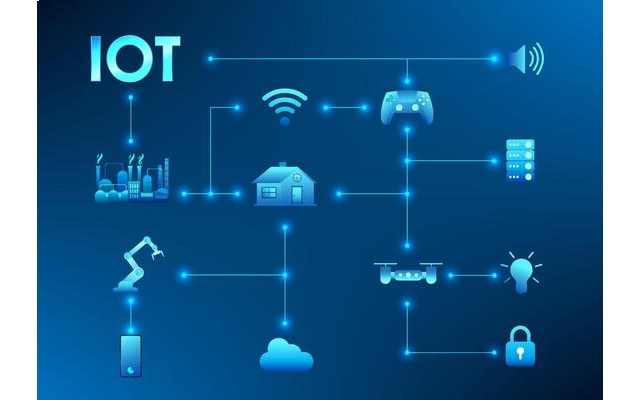Addressing the Top IoT Vulnerabilities in Healthcare Systems

Healthcare has greatly benefited from technological advancement, especially Internet of Things (IoT) devices. Some of the big impacts of integrating IoT devices in healthcare provision include providing personalized care, facilitating real-time monitoring of crucial data related to health aspects, and enhancing overall operational efficiency in healthcare.
However, this innovation poses some challenges because it can lead to potential attacks on healthcare systems. Because of the serious damage and problems that can arise from the various healthcare IoT vulnerabilities, it is crucial to understand these vulnerabilities and how to mitigate them.
In this piece, we look at some of the top IoT vulnerabilities in healthcare systems and how to handle them to avoid possible problems.
Poor security and authentication of devices
Among the top IoT vulnerabilities in healthcare systems is inadequate security as well as weak authentication measures for connected devices. As it is, the design of most medical devices focuses on functionality compromising security at times. Some of the things that render the devices in these systems highly prone to hacking include:
· Default or weak passwords
· Inadequate encryption
· Outdated software
The good news is that the kinds of healthcare IoT vulnerabilities posed by the above can be prevented by using secure and encrypted data transfer and communication channels and having in place strict authentication protocols, for example, multifactor authentication. It’s also crucial to execute regular updates and patches to safeguard against obvious vulnerabilities.
Healthcare providers looking to deal with device security and other vulnerabilities need to partner with reputable solution providers. If you need such services and solutions, you can check out more information about one of the best companies in healthcare IoT systems and other mHealth-related solutions.
Network security issues
Another area to think about when considering IoT vulnerabilities in healthcare systems is network security issues. This is because healthcare systems use complex networks to enable the management of IoT devices, patient data and records, and other key functions. Unfortunately, these networks are at risk of being compromised through various ways such as unauthorized access, malware, phishing attacks, and so on. With a single attack, so many devices and systems could be compromised.
Here are some measures that healthcare providers can implement to mitigate such risks:
· Executing network segmentation, by dividing networks into smaller isolated segments. This reduces the rate of spread of any possible breach
· Having regular network monitoring and intrusion detection systems (IDS) for real-time identification and response to threats
Data transfer risks
By their nature and way of operating, IoT devices continuously transmit tons of data, usually in real-time. However, if the data is not well-encrypted during transmission, it is at risk of interception and being tampered with.
Healthcare IoT vulnerabilities relating to data transmission are quite a concern in medical care provision because the patients’ data held by healthcare providers is very sensitive. The information includes patients’ medical histories, financial details, personal identification data, and so on.
To mitigate against data transfer risks, healthcare providers need to work with IoT system experts to implement end-to-end encryption, as well as secure data transfer protocols. In addition, they should consider employing blockchain technology to boost data integrity and add an extra layer of security.
Conclusion
Besides the above IoT vulnerabilities in healthcare systems, others include human errors like clicking on phishing emails, and insider threats where employees expose organizations to breaches whether intentionally or unintentionally.
It is paramount to address healthcare IoT vulnerabilities by implementing various measures like data encryption, multifactor authentication, and so on. Such measures can ensure proper protection of patient data and win the trust of clients and other stakeholders.